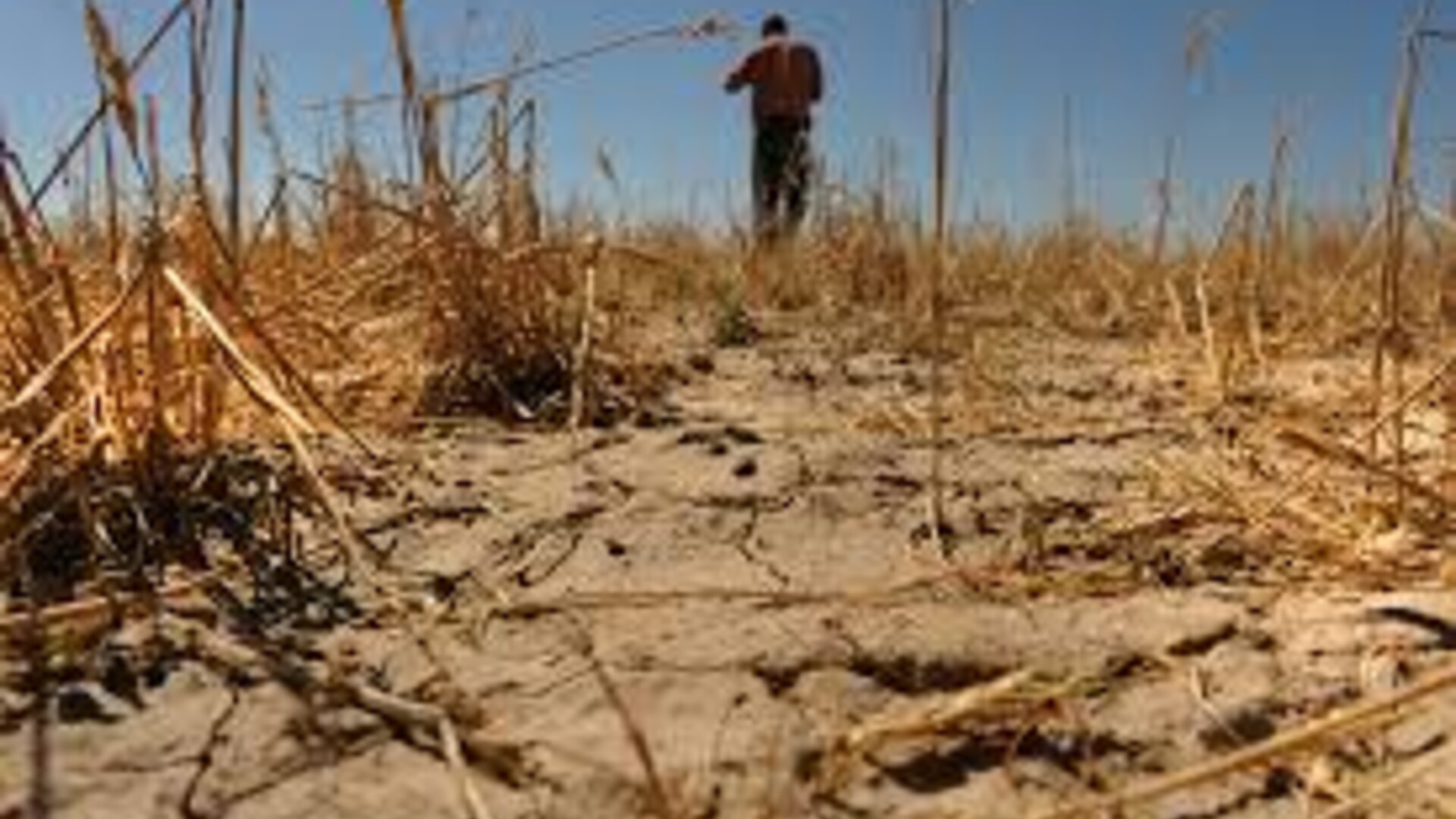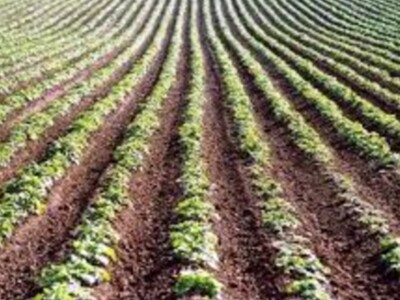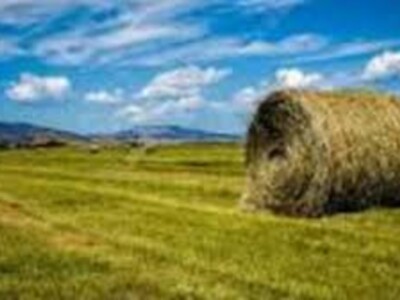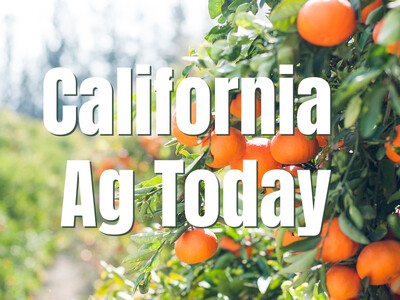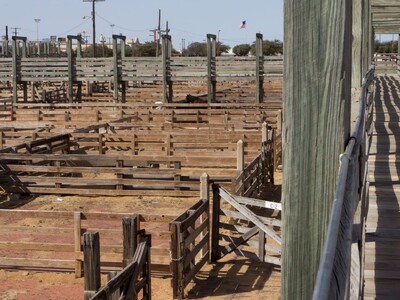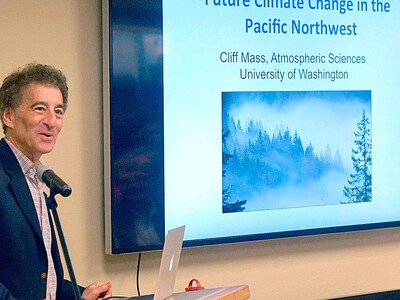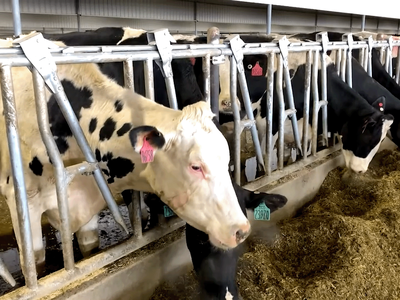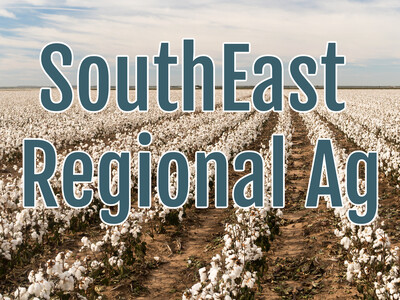Western Weather Patterns Changing
Farmers and ranchers in Colorado will not be surprised to hear this.
A new study out illustrates what many people have experienced first hand about drier weather patterns across the West.
Joel Biederman with the USDA's Agricultural Research Service in Arizona spoke with the agency’s news service about the new study by a team of his colleagues.
He says it’s long been known that temperatures are higher and rain amounts of lower around the western US than they were 50 years ago but when they compiled daily weather data from hundreds of weather stations around the west over a half-century...
Biederman: “ I was very surprised to see that there are such large differences, longer drought periods between rainfall events. The average dry period in each year increasing from 20 to 32 days across the west. And then in the desert southwest, the average dry period between storms in the 70s was about 30 days and that’s now grown to about 45 days. Overall, declines in rainfall. Total yearly rainfall has decreased by about 4 inches over the last half-century across the west.”
Biederman says that all puts added stress on even the hardiest of plants.
Biederman: “ Which is a big factor underlying the frequency and severity of wildfires. If dead wood and litter and pine needles and grasses and all the things that can ignite to cause a wildfire, get wet less frequently, they can become more dry.”
Not to mention stressing the health of western forage and crop plants. USDA says a separate study is underway to look at that aspect of a drier west. And another study is planned to investigate changes across the eastern US.


